Fix: The Audio Service is not running
The Audio Service is not running is a warning message from Windows which indicates that the service responsible for delivering sound is stopped and cannot be started automatically.
Many Windows users have experienced and continue to be affected by a certain issue where the Sound icon in their taskbar – the one that opens a little volume slider when clicked on – gets a little red X on its bottom-right side. When a Windows user affected by this issue places their mouse pointer over the Sound icon (which is basically just an icon depicting a speaker) in their taskbar, they see a message that states:
The Audio Service is not running
This issue is most common in Windows 7, one of the most successful iterations of the Windows Operating System to have ever been created, but there is nothing standing in the way of this problem occasionally affecting other versions of the Windows OS. Almost all of the Windows users who are affected by this issue are able to successfully play audio on their computer through any and all connected speakers/headphones even though there is a red X on the Sound icon in their taskbar and their computer’s audio service – known as the Windows Audio service – is not running.
The root of this problem, in almost all cases, is the Windows Audio service – or one or more of its dependencies (services that need to be running in order for it to run) – either stopping spontaneously for some reason or failing to start automatically when you initially boot your computer up and this has also been known to trigger the Audio Services not responding Error. Many users affected by this problem are able to alleviate it by simply restarting their computer. However, that isn’t a concrete solution to this problem and having to restart your computer every time you encounter this issue on your computer is inconvenient, to say the least. Thankfully, though, there exist more permanent ways to fix this problem and get rid of the “The Audio Service is not running” message, and the following are two of the most effective ones:
Solution 1: Simply increase or decrease your computer’s volume
For a problem that stumps even the most avid users of Windows computers, hordes of Windows users who have been affected by this issue have been able to resolve it by applying an ironically simple fix – adjusting their computer’s volume by even the slightest of margins. Many, many people who have been affected by this problem in the past have had success in fixing it by simply increasing or decreasing their computer’s volume. In order to use this solution to fix this issue, you need to:
- Click on the Sound icon in your taskbar – yes, this is the one that has the red X on it as a result of this issue. Doing so will display a little volume slider that you can use to adjust your computer’s volume.
- Using the volume slider that consequently appears, either increases or decreases your computer’s volume, even if you do so by a small amount.
- Doing so should immediately get rid of the red X on the Sound icon in your taskbar and you should no longer see the “The Audio Service is not running” message when you hover your mouse pointer over it.
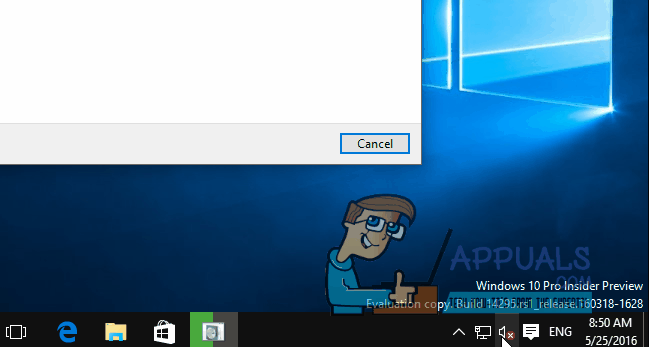
Solution 2: Restart the Windows Audio service and all of its dependencies
Another highly effective solution to this problem is restarting the Windows Audio service and two of its three dependencies, and making sure that all three of these services are set to automatically start when your computer boots up. In order to do so, you need to:
- Hold the Windows Key and Press R. Type services.msc in the run dialog.

Type “services.msc” into the Run dialog and press Enter - One by one, locate and double-click on the following services, and then set their Startup type to Automatic.
Windows Audio service Windows Audio Endpoint Builder service Multimedia Class Scheduler service (if available)One by one, locate and
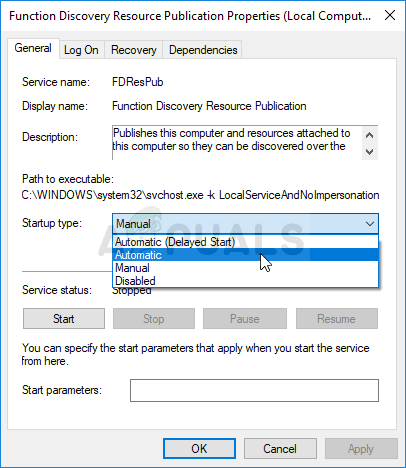
Changing Startup to Automatic - Right-click on the following services, and then click on Restart in the resulting context menus:
Windows Audio Endpoint Builder service Multimedia Class Scheduler service (if available) Windows Audio Service
As soon as all three of the services listed above have been restarted, the red X on the Sound icon in your taskbar should disappear, your computer’s Windows Audio service should be running and you should no longer see the “The Audio Service is not running” message.
Solution 3: Changing Log-On Settings
In some cases, the services might be allowed to log on to a particular account on the computer but they might not be configured to log on for your particular user account. Therefore, in this step, we will be changing the log-on settings. For that:
- Press “Windows” + “R” to open the Run prompt.
- Type in “Services.msc” and press “enter”.
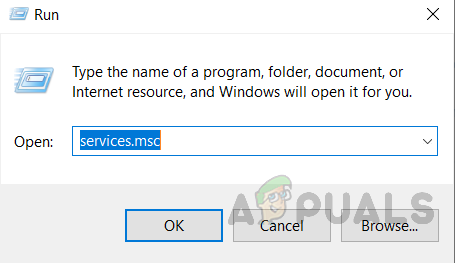
Opening services by typing “services.msc” in the RUN command. - Navigate down and right-click on the “Windows Audio” service.
- Click on the “Log on” tab and select the “Local System Account” option instead of the “This Account” option.

Choosing the “Local System Account” option - Check to see if the issue persists.
- If it does, check the “This Account” option and type in “Local Service” in the text box.
- After that, type any password in the password and confirm password fields as it really doesn’t matter.
- Click on “Apply” and then on “OK”.
- Check to see if the issue persists.
Solution 4: Scanning for Changes
In certain cases, the sound drivers might have acquired some corrupt configurations or files due to which it is causing this glitch and preventing effective communication between the driver and the hardware. Therefore, in this step, we will be first uninstalling the driver and then reinstall it from the device manager. In order to do so:
- Press “Windows’ + “R” to open the Run prompt.
- In the Run prompt, type in “Devmgmt.msc” and press “Enter”.

Running the Device Manager - In the device manager, expand the “Sound, Video and Game Controllers” option.
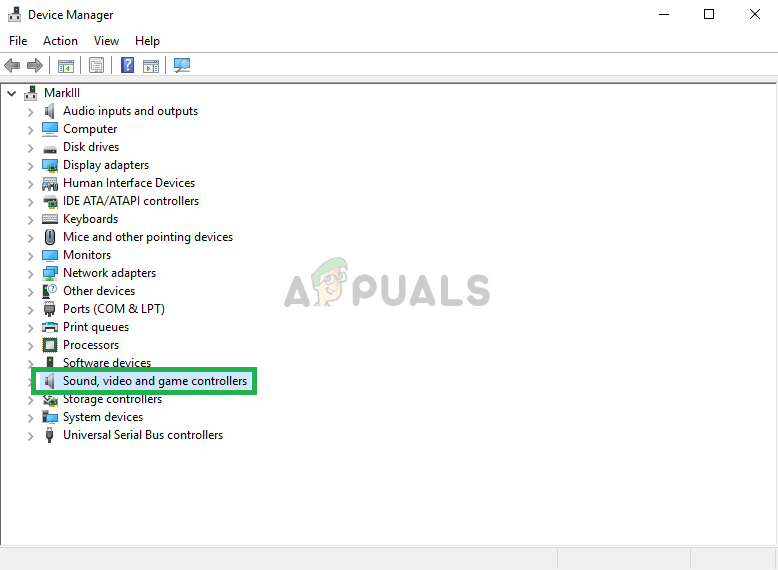
Navigating to Sound, video and game Controllers - Right-click on the audio driver that you are using and select “Uninstall”.
- After the driver finishes uninstalling, click on the “Scan for Hardware Changes” option and the device manager will automatically reinstall this driver.
- Check to see if the issue still persists.
- If it still persists, right-click on the driver and select “Properties”.
- Click on the “Driver Details” tab and then select “Rollback Driver”.
- Check to see if that fixes your issue and if it doesn’t repeat the above steps and select “Update Driver”.
Solution 5: Troubleshooting Audio
It is possible that the audio configurations on the computer have been messed up either by manual or automatic changes. In certain cases, this can also occur after the installation of an application. Therefore in this step, we will be troubleshooting the audio. For that:
- Press “Windows” + “I” to open the settings.
- Click on the “Update & Security” button and then select “Troubleshoot” from the left pane.
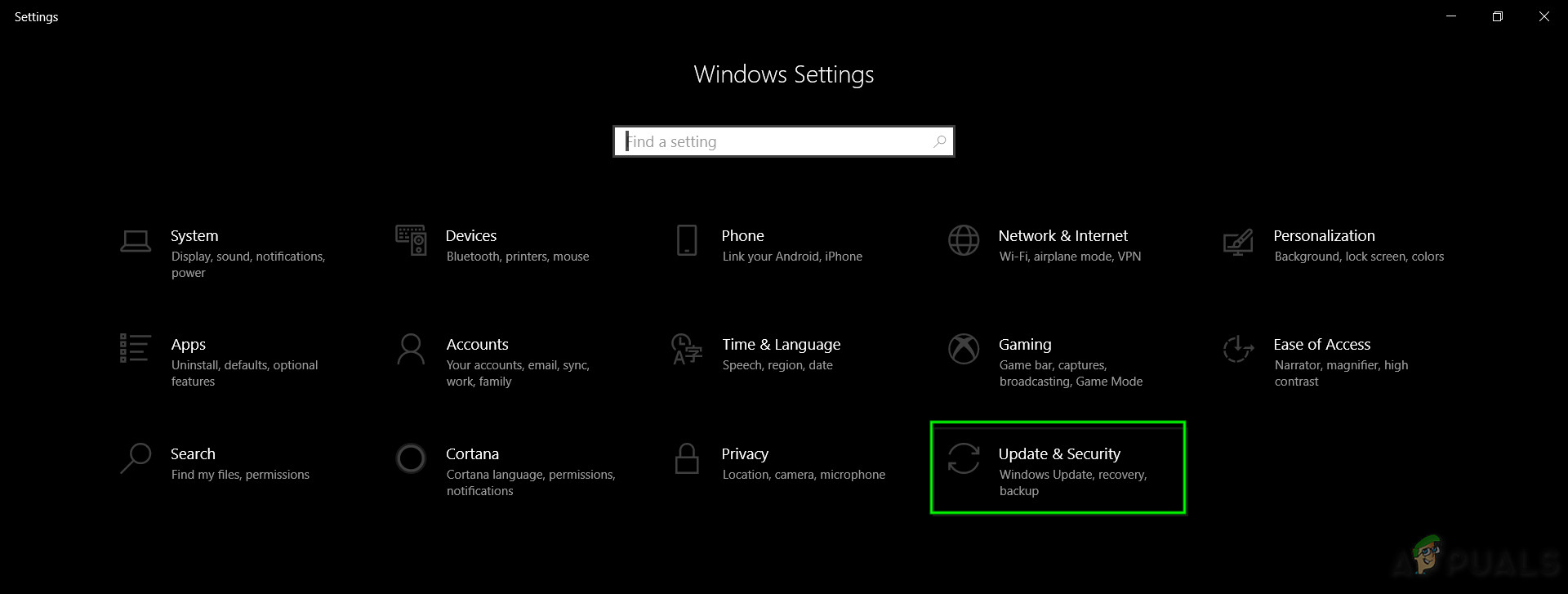
Update & Security.in Windows Settings - In the Troubleshoot window, click on the “Playing Audio” and select the “Run the Troubleshooter” option.
- Check to see if the issue still persists after the troubleshooter runs.
Solution 6: Running Some Commands
In some cases, the issue might be triggered if you have messed up with some local account configurations therefore, in this step, we will be executing some commands in the elevated command prompt to get rid of this issue. For that:
- Press “Windows” + “R’ to open the Run prompt.
- Type in “Cmd” and press “Shift” + “Ctrl” + “Enter” to provide administrative privileges.

Type “cmd” into the Run dialog - In the command prompt, type in the following commands one by one and press “Enter” to execute them.
net localgroup Administrators /add networkservice net localgroup Administrators /add localservice SC config Audiosrv start= auto REG ADD "HKLM\SYSTEM\CurrentControlSet\Services\Audiosrv" /V start /T REG_DWORD /D 2 /F secedit /configure /cfg %windir%\inf\defltbase.inf /db defltbase.sdb /verbose
- Check to see if the issue persists after completing these steps.
Note: Also make sure to check if the sound works fine in safe mode to rule out any third party interference in the audio services. In addition to that, try to reinstall the sound drivers.